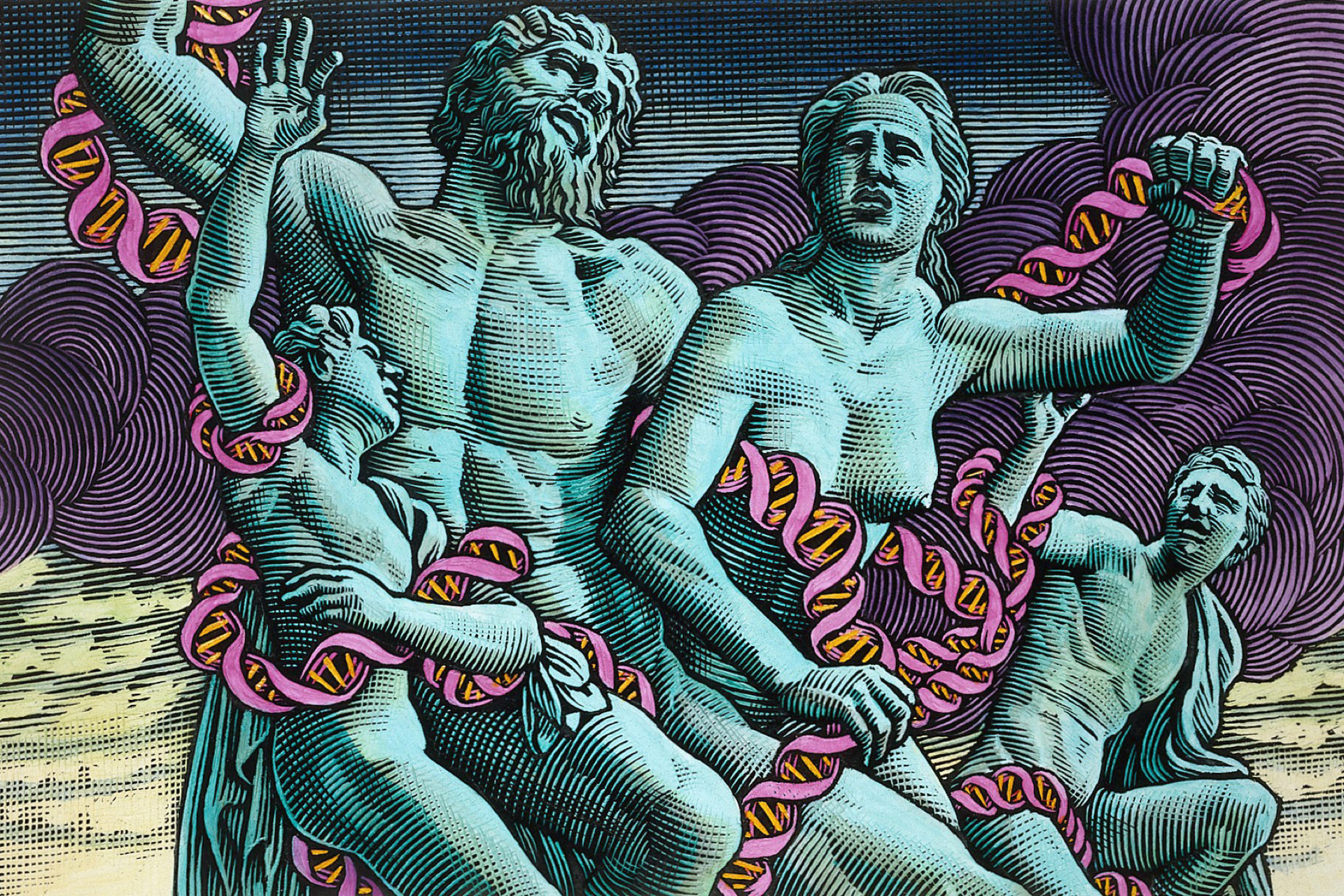It's been nearly five years since James Thomson and John Gearhart announced, in two separate studies, that they had successfully derived human embryonic stem cells (ES cells). The breakthrough made possible what had only been a vague hope until then: that scientists would be able to grow stem cells in the laboratory to provide cell-based therapies for a wide range of injuries and common illnesses.
Taking stem cells from early human embryos - and thereby destroying them - was always going to cause some debate, both in public and political circles. Five years on, many countries have come to a decision about whether or not to allow research on ES cells. In Europe, although many member states have decided whether or not to permit human ES cell research, pan-European organisations, such as the European Parliament and the European Commission, are still arguing on how to proceed. Such institutions and their deliberations may seem far removed from what goes on at the national level. However, some European policy decisions do have real force and could have a substantial impact upon science policy at home.
For instance, Europe is undecided as to whether to allow part of the European Union's $23 million research budget for 2003-2006 to be spent on ES cell research. The funding programme originally backed the use of ES cells in research. But, in response to a European Parliament calling for heavy restrictions to be placed on such research, the European Commission proposed a moratorium on funding for research on any embryonic stem cell lines created since June 2002. The European Parliament voted on the Commission's latest proposals today, narrowly supporting European funding for newly-created cell lines. However, the final say rests with the Council of Ministers, which will consider the issue later this month.
Another challenge to ES cell research is going on in the policy making sphere, this time in the shape of a 'Directive concerning quality and safety standards for donation, procurement, testing, processing, storage and distribution of human tissues and cells', commonly known as the Human Tissue Directive. The directive is not specifically aimed at embryo research, although it does explicitly apply to gametes, embryos and human ES cell lines. Earlier this year, a parliamentary committee substantially amended the directive to prohibit the creation of human embryos and the derivation of cells from cloned embryos. In May, the European Commission rejected most of the amendments, which had in the meantime been endorsed by the European Parliament, on the basis that it fell outside scope of EU Treaty which, in their words, 'provides for public health protection and not the implementation of ethical objectives'.
The issue remains unresolved. The European Commission's proposal, called a Common Position, was sent to the Parliament for a second reading in September. Parliament has until early December to either accept the Common Position, thereby leaving the embryo research restrictions out of the directive; to reject it outright or to amend it further.
If the restrictions upon human embryonic stem cell research end up in the final directive, they will have a huge impact upon member states. European directives are binding in their objectives and member states are obliged to comply with a directive within a certain time period. If you would like to contact your Member of the European Parliament about this issue before it considers it again, you can find their details at http://www.europarl.eu.int/home/default_en.htm.





Leave a Reply
You must be logged in to post a comment.